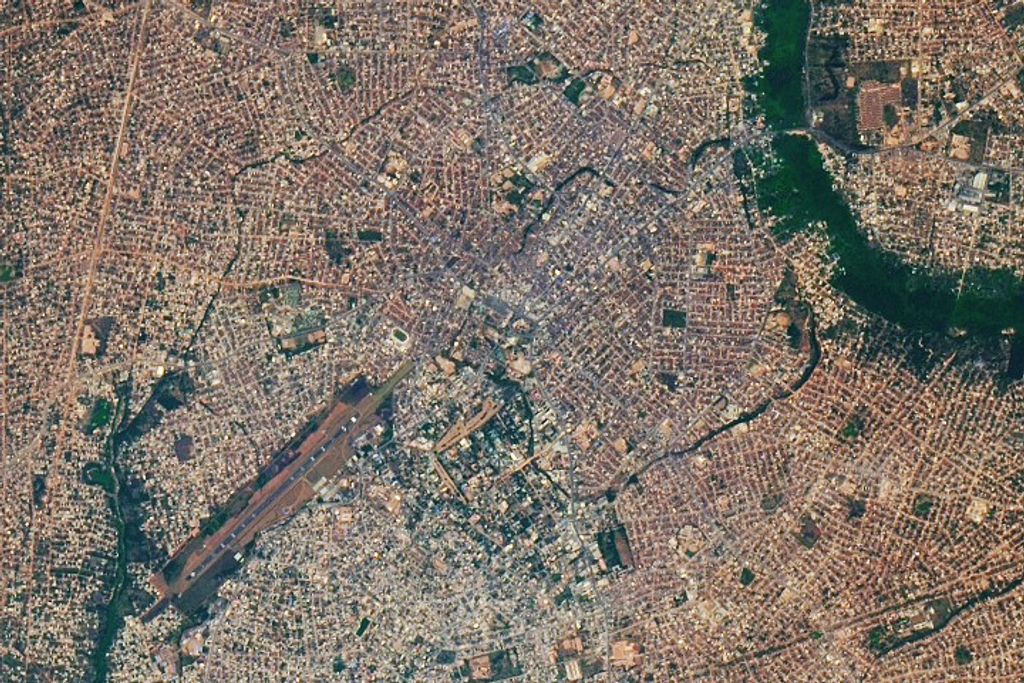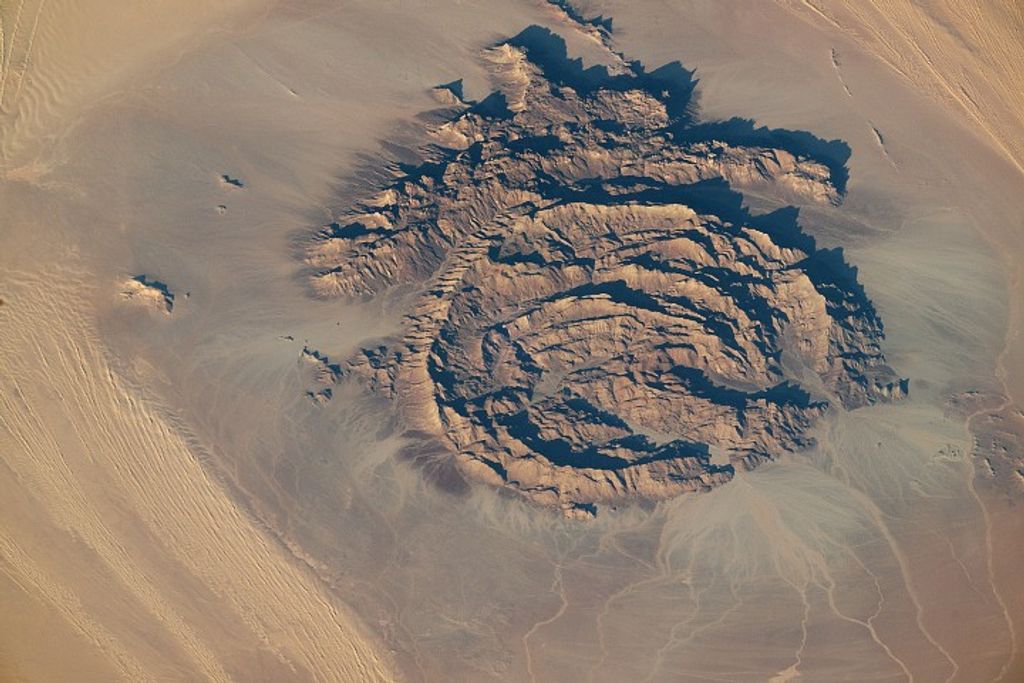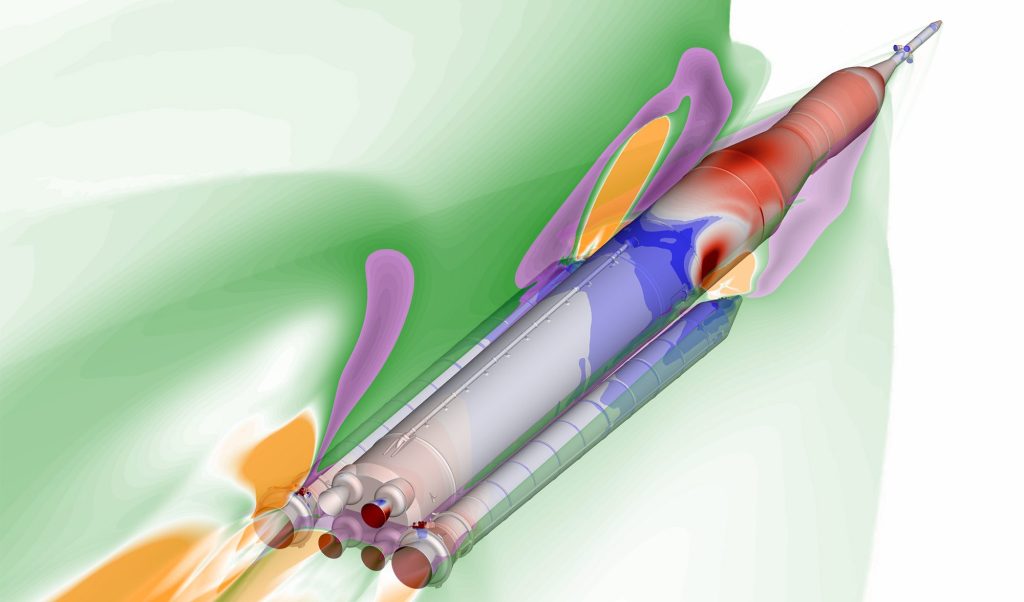Meet Missions Launching with IMAP
NASA’s Carruthers Geocorona Observatory and the National Oceanic and Atmospheric Administration (NOAA) Space Weather Follow-On Lagrange 1 (SWFO-L1) spacecraft also are part of today’s launch.
The Carruthers Geocorona Observatory is a small satellite that will travel to Lagrange point 1 (L1) to study the exosphere – the Earth’s outermost atmospheric layer before space – and capture the ultraviolet glow it emits, known as the geocorona. The exosphere extends roughly 310 to 119,000 miles (500 to 192,000 kilometers) above Earth’s surface, reaching about halfway to the Moon. To date, only four images of Earth’s global exosphere has ever been captured.
NASA’s IMAP’s (Interstellar Mapping and Acceleration Probe) research will deepen our understanding of how space storms develop and dissipate, enabling improved preparedness for adverse weather in the future. Space weather impacts satellite communications, power grids, and may even pose risks to astronauts.
In addition, the observatory will study Earth’s water history. Research has shown planets, like Mars, lose mass and surface water. Carruthers enhances our understanding of the long-term evolution of planetary habitability by revealing the mechanisms that drive changes in planetary atmospheres and how these changes impact conditions for life.
NOAA’s SWFO-L1 also will travel to L1 to monitor space weather. The spacecraft will use a suite of instruments to make real-time measurements of solar wind, thermal plasma, and the magnetic field. In addition, SWFO-L1 will have a Compact Coronagraph instrument to detect coronal mass ejections.
The spacecraft is NOAA’s first satellite designed and fully dedicated to continuous, operational space weather monitoring. The data collected will provide early warnings of potentially disruptive space weather events, enhancing lead time for precautionary measures to safeguard critical infrastructure, economic interests, and national security both on Earth and in space.

























